“An Intimate Examination of Sock Fluff” Part 2
As promised during the first week of December – the second installment of my Packaging Your Imagination keynote . . .
Matilda Martin and Edna Bauman,
Mam and Lucinda and me –
my first time quilting with the women.Noisy greetings as we settle in around the quilt frame,
then silence as each begins.
Only the pop of needles through sky-blue cotton,
the creak of the wooden frame,
horses clopping snow from their hooves
against the icy laneway outside.And then it starts again,
the clatter and chatter of women, the laughter, the talk –
Lucinda cautioning me to keep my stitches even,
while hungry needles scoop up fabric
in tiny, equal bites.That night, I crawl into bed beneath another quilt –
from another winter, other chatter –
wondering what stories this quilt has heard,
and who will be warmed by the one we’re making.I press my cold feet against my sister’s legs;
she grumbles and rolls away.
Back to back, heavy with dreaming,
I tuck my toes beneath her legs,
and run my fingers over rows of stitches,
counting them to sleep.
That was “January: The Quilting Bee” – from Winterberries and Apple Blossoms: Reflections and Flavors of a Mennonite Year by Nan Forler. Just out, this season, it’s Nan’s second book, following a beautiful picture book about bullying called Bird Child, two years ago.
Nan Forler represents for me all the writing workshop participants I have worked with over the years, people who have inspired me with their perseverance in the face of apparent odds against their ever being published, or even finding time to write, and despite frequent crises of confidence. No matter where we are in our careers or our artistic development, we can become discouraged (Why did I ever think this was a good idea? Who am I kidding? I can’t write this story and even if I could, who’d want to read it anyway? What? Another publisher going under, I was just about to submit something there. Why can’t my husband / kids / boss / lover understand why I have to have quiet time, alone, to write?)
Nan first came to me in 1994, her satchel full of stories and ideas and optimism. As years rolled by, rejection letters piled up. Teaching elementary school and raising her own children took its toll on her energy. But she kept on smiling – her smile is genuine, infectious, (it’s radiant) – and she kept on writing. She kept meeting with other writers, when she could, and attending conferences and workshops. Because Nan Forler loves writing, and even though she was already good at it when I first met her, she also loves getting better at it, as she continues to write. So do Jenn Ryan and Kim O’Gorman and Rob Morphy and countless others I could name whose writing, though largely unpublished, is more powerful than much that sits on bookstore shelves.
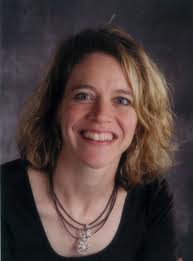
Even with a body of published work behind me, I have often enough felt like giving up writing and going back to selling Tupperware or waiting tables at Steak & Burger, because no writing career is without its bumps, its setbacks. But then I think of Nan and her smile, and I think: if all these writers without the validation that being published represents can keep at it, what is wrong with me? And back to my writing I go.
Lena Coakley is another writer whose perseverance I’ve witnessed and been inspired by over many years. She’s now had starred reviews from Kirkus and Publisher’s Weekly on her first published novel, Witchlanders. And Cheryl Rainfield, after years of self-doubt and hard work, personally and artistically, had her book, Scars, nominated for a GG last year. Their examples should be heartening to all of us. But please don’t make the mistake of comparing where you are with your writing with where anyone else is. It may well lead to professional envy (I know), which is a terrible waste of time and emotional energy that can better be spent living with one’s characters and playing with words.
Read the rest of “An Intimate Examination of Sock Fluff”
Part 1 > Part 2 > Part 3 > Part 4 > Part 5 > Part 6 > Part 7 > Part 8 > Part 9 > Part 10 > Part 11 > Part 12 > Part 13 > Part 14
Share this post:
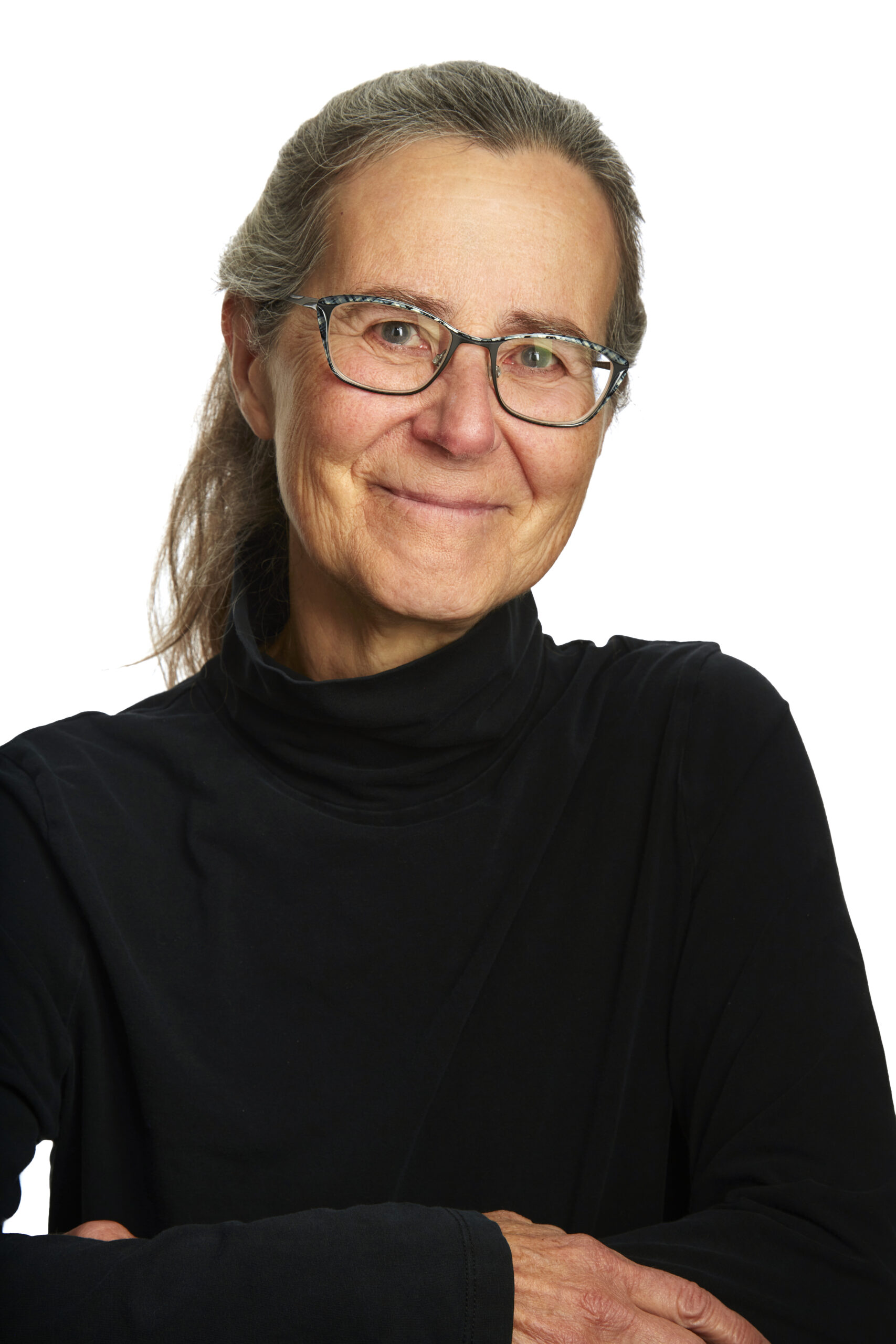
Kathy Stinson is the author of the classic Red Is Best and the award-winning The Man with the Violin. Her wide range of titles includes picture books, non-fiction, young adult fiction, historical fiction, horror, biography, series books, and short stories. She has met with her readers in every province and territory of Canada, in the United States, Britain, Liberia, and Korea. She lives in a small town in Ontario.
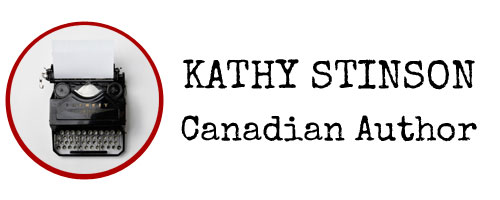
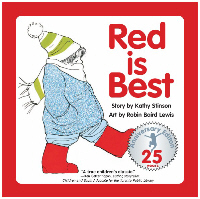
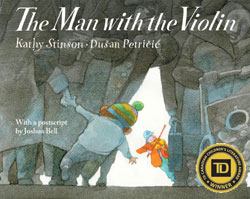
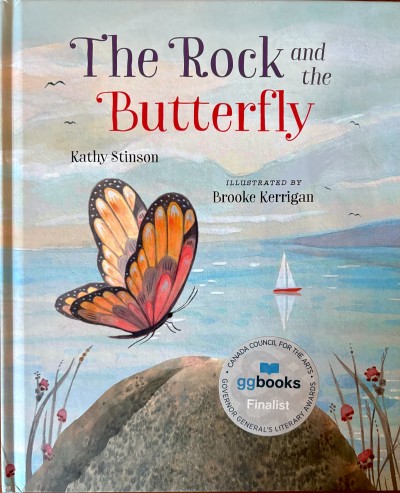

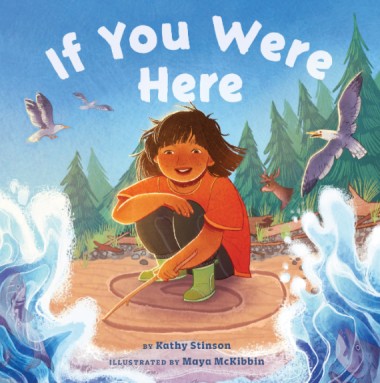


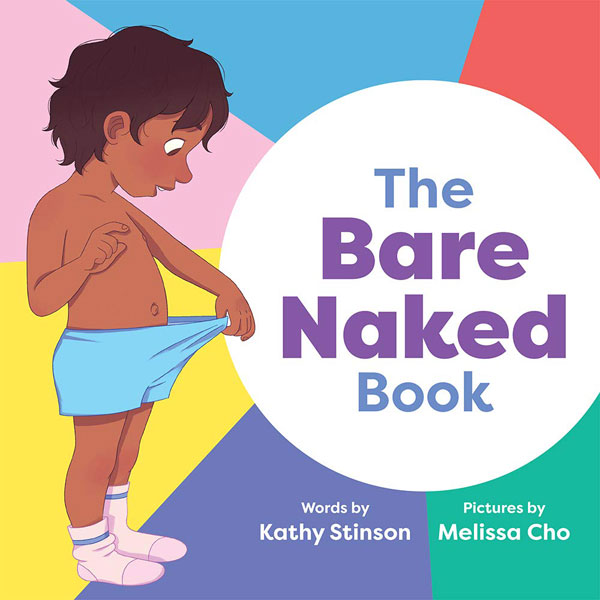
Glad you are doing this, Kathy. It gives those of us who heard this wonderful talk a chance to savour it again.
Thanks, Gillian. Nice to know you're enjoying it again. I am too. 🙂